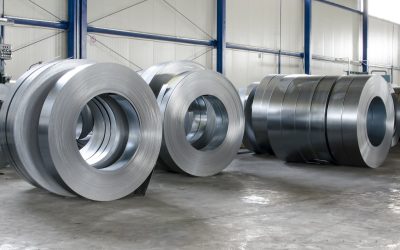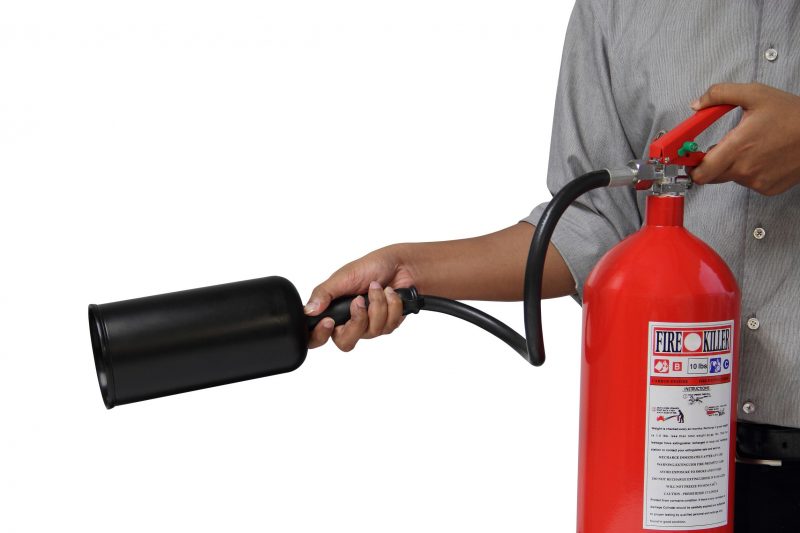When it comes to engine rebuilding, precision, and the proper tools are essential. Among the different equipment employed in the process, the piston ring compressor stands out as a critical component for anyone hoping to ensure a proper installation of piston rings into engine cylinders. This tool makes it easier to seat piston rings properly, reducing potential damage during installation and assuring the engine’s durability and performance.
Ensuring Precision: The Functionality
A specialized tool known as a piston ring compresses piston rings to a diameter smaller than the cylinder bore. This compression facilitates the easy insertion of the piston, complete with rings, into the cylinder without harming the rings. Piston rings are vital for sealing the combustion chamber, regulating oil consumption, and facilitating heat transfer. As a result, proper installation is vital to achieving peak engine performance. Strong materials like aluminum or steel typically form the circular band that makes up the piston ring compressor. It frequently has a clamping mechanism that allows the operator to modify the instrument to accommodate various piston diameters. Using a piston ring allows mechanics to avoid frequent difficulties related to piston installation, such as ring deformation or breaking, leading to serious engine problems later.
The Advantage:
Using a piston ring provides various benefits that improve the efficiency and effectiveness of engine rebuilding. One of the key benefits is that it protects the piston rings during installation. Without a compressor, fitting a piston can easily damage the delicate rings, resulting in costly repairs and a shorter engine lifespan. Furthermore, the compressor facilitates a more uniform installation, which is critical for maintaining the engine’s sealing capabilities. A tight seal between the piston rings and the cylinder wall is required for maximum engine efficiency since it prevents oil leakage and promotes efficient combustion. Another advantage is the time saved during installation. A piston compressor streamlines the operation, making mechanics more efficient. This time-saving feature is especially important in professional settings, where labor expenses and project deadlines are significant concerns.
Steps for Effective Piston Ring Installation with a Compressor
A few simple actions can significantly improve the installation process when using a piston ring compressor. Firstly, select the compressor size that corresponds to the piston you are installing. Most compressors are adjustable, allowing for various piston diameters. After determining the correct size, gently place the piston rings onto the piston. Ensure that the rings align with the piston grooves to prevent compression issues. After setting the rings, place the piston into the compressor. With the piston securely in place, tighten the compressor around the piston rings. The idea is to compress the rings just enough that the piston can smoothly slide into the cylinder. Overtightening can put additional strain on the rings, while under-tightening may not result in the correct compression.
After fastening the compressor, carefully guide the piston into the cylinder, taking care to keep the alignment straight. As the piston enters the cylinder, the rings expand into the position, thus sealing the combustion chamber.



